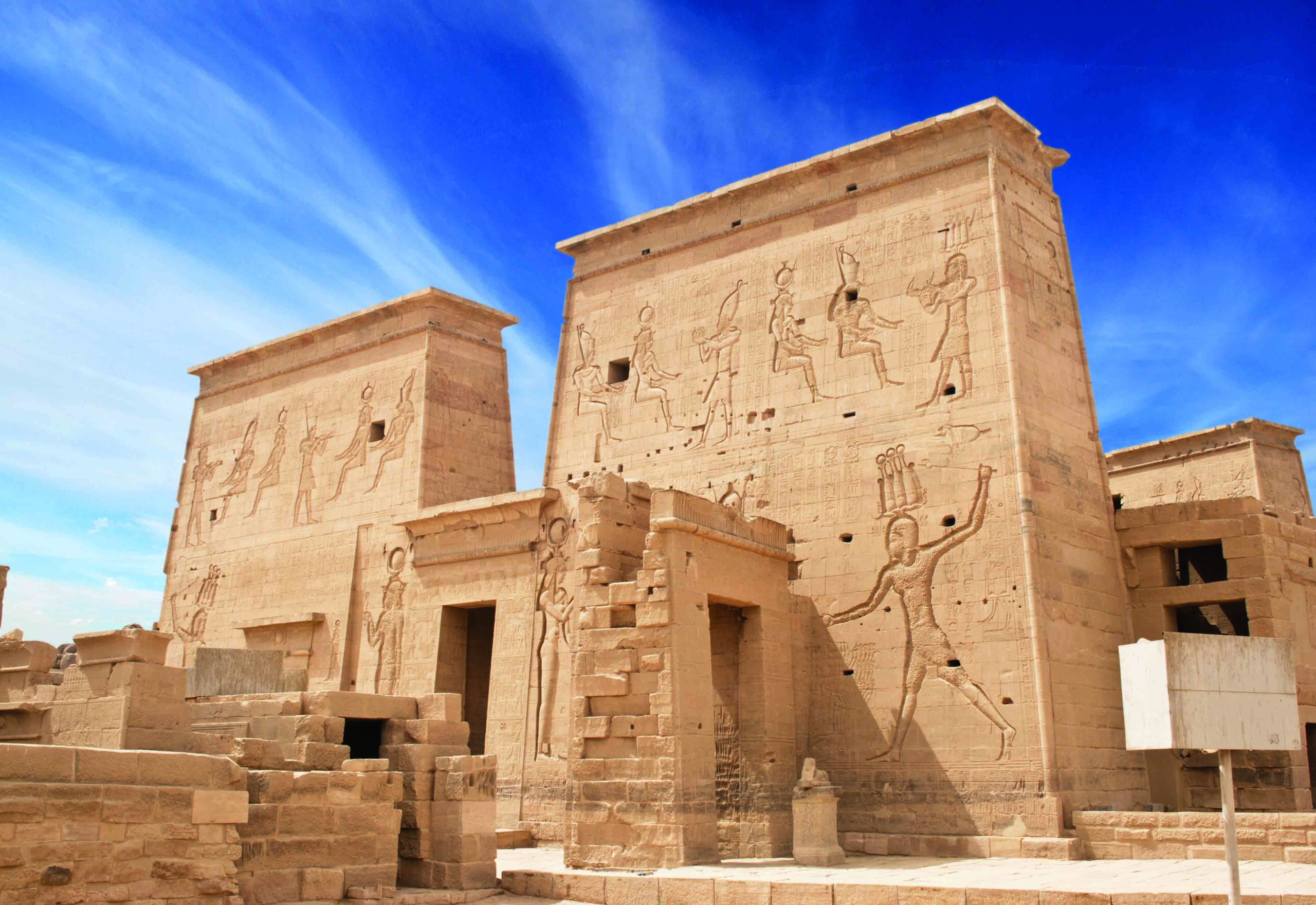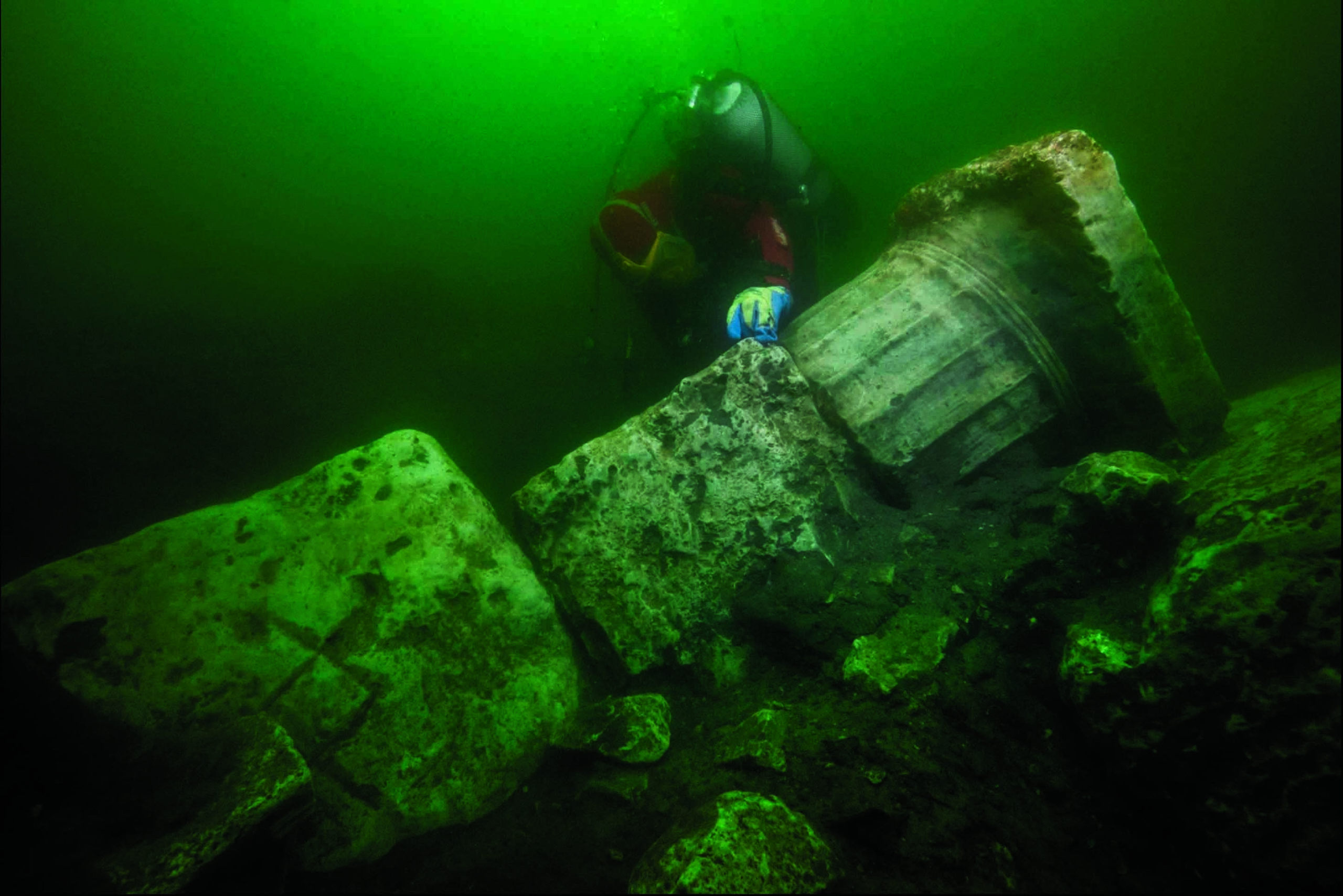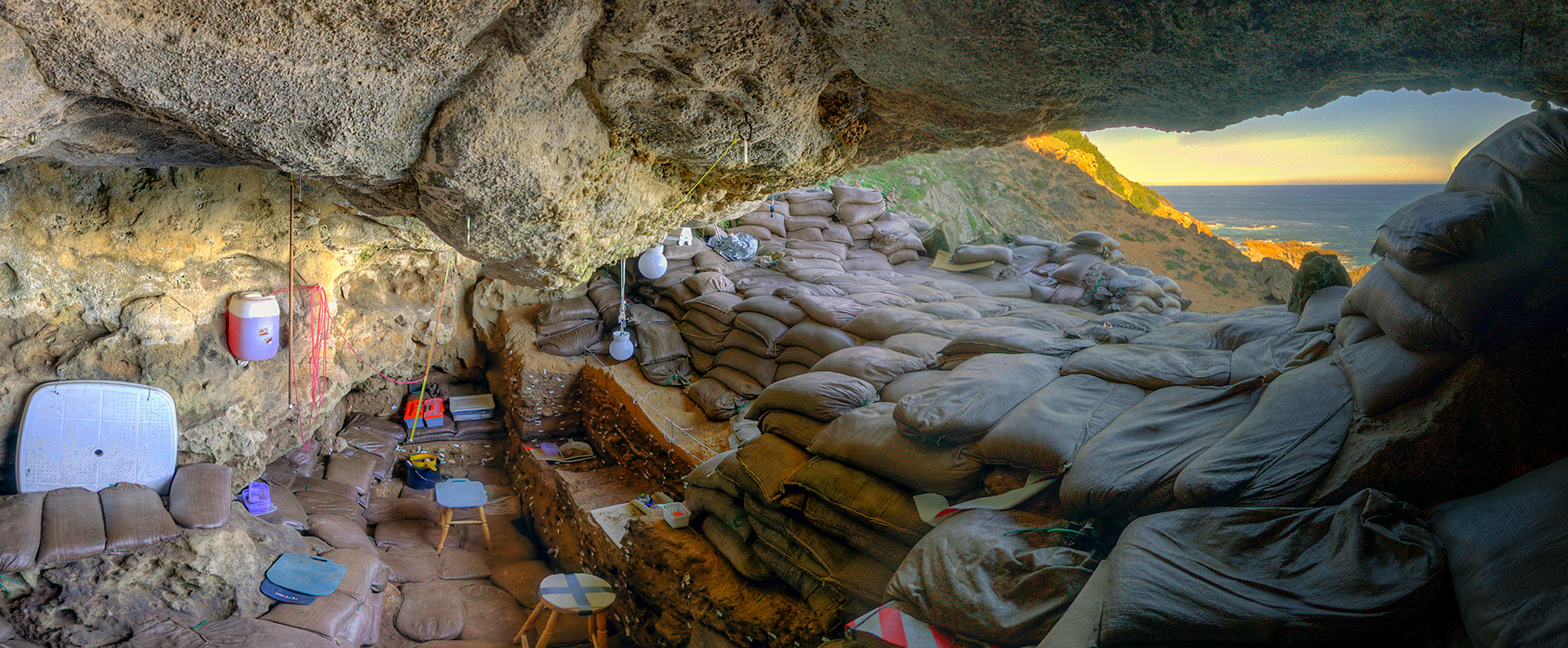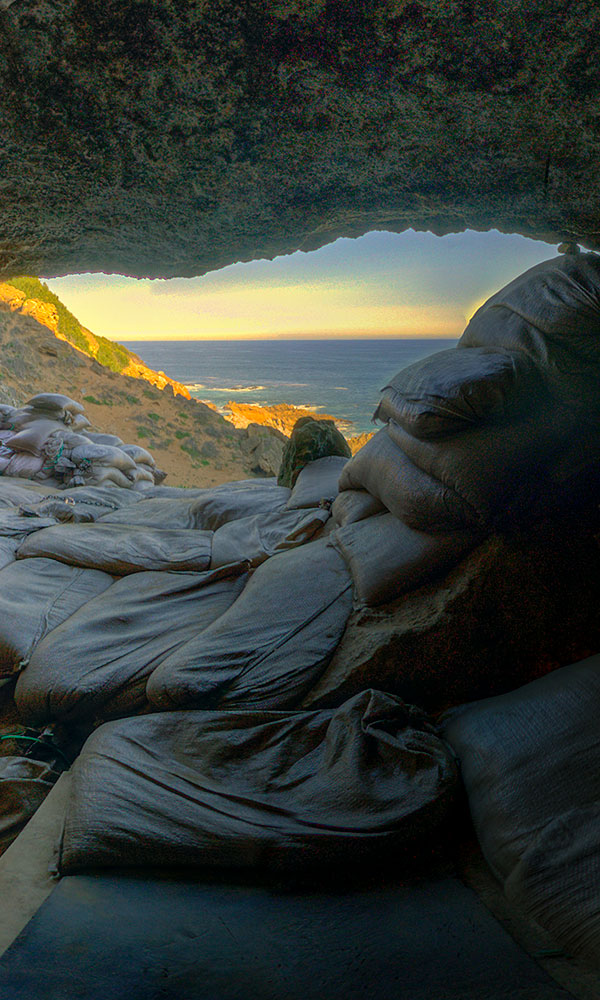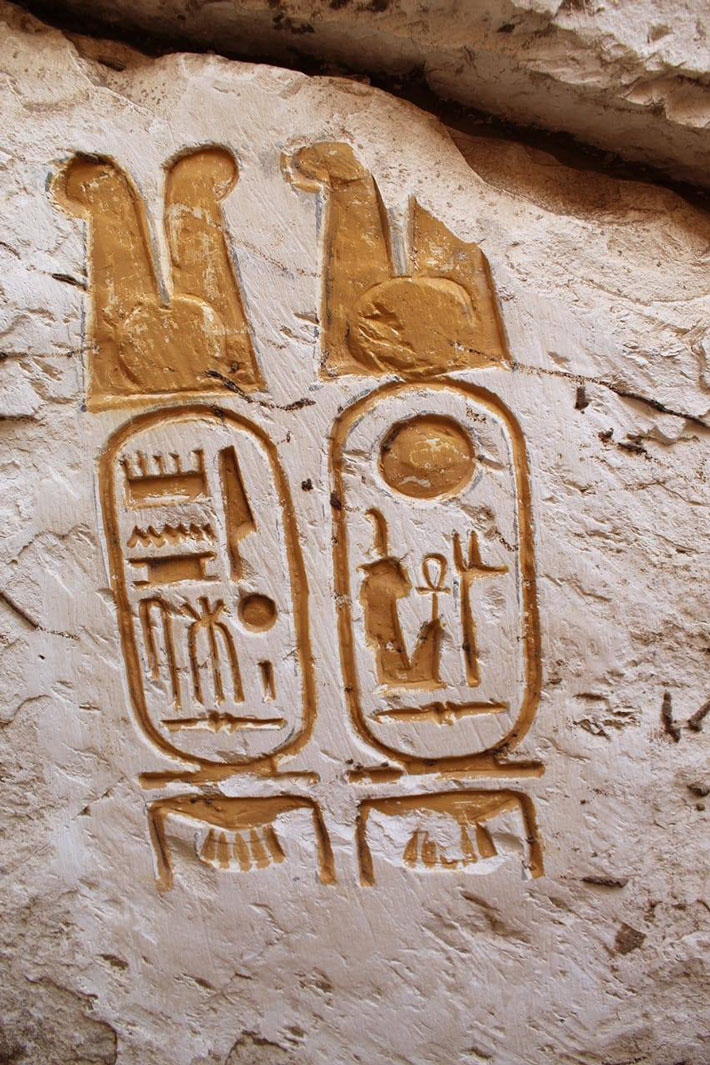
ABYDOS, EGYPT—A temple palace belonging to pharaoh Ramesses II (r. ca. 1279–1213 B.C.) has been discovered in Abydos, according to an Ahram Online report. New York University archaeologists excavating south of the temple uncovered a stone walkway leading to a limestone and mudbrick palace building similar in layout to the nearby palace of Ramesses’ father, Seti I (r. ca. 1294–1279 B.C.). Ayman Ashmawi, head of Egypt’s antiquities department, said that inscriptions found on a column base and lintels of the building’s second hall bear rare examples of Ramesses’ cartouche, which lists the king’s birth and throne names below double feathers and a sun disk. To read in depth about Egypt's most sacred site, go to "Egypt's Eternal City."




